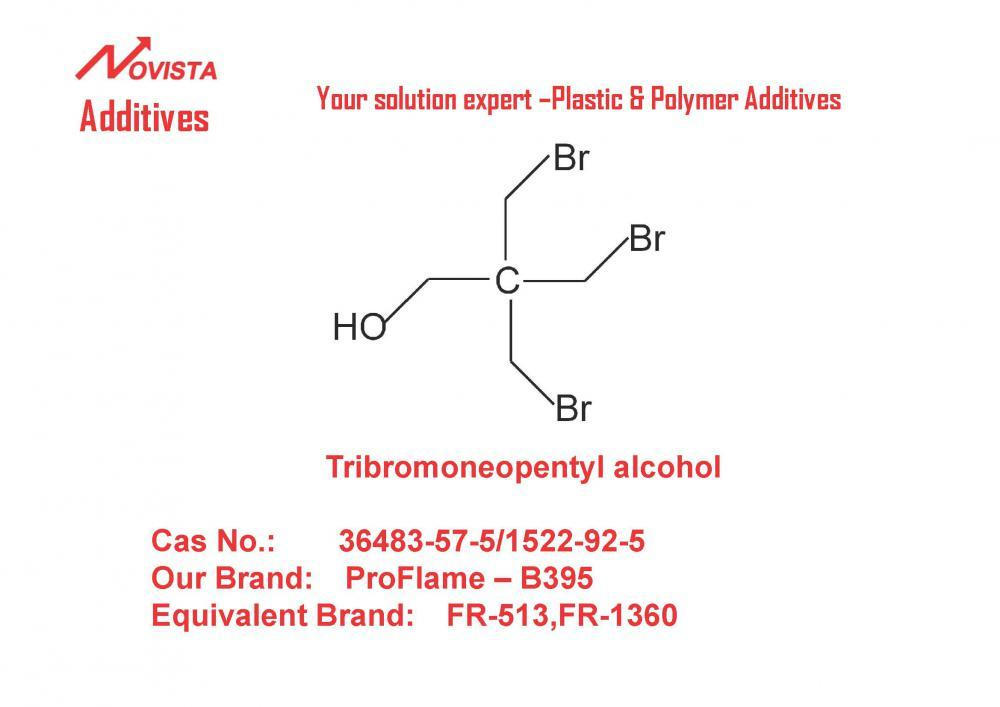
Privacy statement: Your privacy is very important to Us. Our company promises not to disclose your personal information to any external company with out your explicit permission.
Several studies in the 1980s tested ignition in whole pieces of furniture with different upholstery and filling types, including different flame retardant formulations. In particular, they looked at maximum heat release and time to maximum heat release, two key indicators of fire danger. These studies found that the type of fabric covering had a large influence on ease of ignition, that cotton fillings were much less flammable than polyurethane foam fillings, and that an interliner material substantially reduced the ease of ignition.They also found that although some flame retardant formulations decreased the ease of ignition, the most basic formulation that met TB 117 had very little effect.In one of the studies, foam fillings that met TB 117 had equivalent ignition times as the same foam fillings without flame retardants. A report from the Proceedings of the Polyurethane Foam Association also showed no benefit in open-flame and cigarette tests with foam cushions treated with flame retardants to meet TB 117. However, other scientists support this open-flame test.
Article From https://en.wikipedia.org/wiki/Flame_retardant#Use_and_effectiveness

April 23, 2024
April 23, 2024
Wyślij je do tym dostawcy
April 23, 2024
April 23, 2024
November 20, 2024
November 20, 2024

Privacy statement: Your privacy is very important to Us. Our company promises not to disclose your personal information to any external company with out your explicit permission.

Fill in more information so that we can get in touch with you faster
Privacy statement: Your privacy is very important to Us. Our company promises not to disclose your personal information to any external company with out your explicit permission.